Filter by:
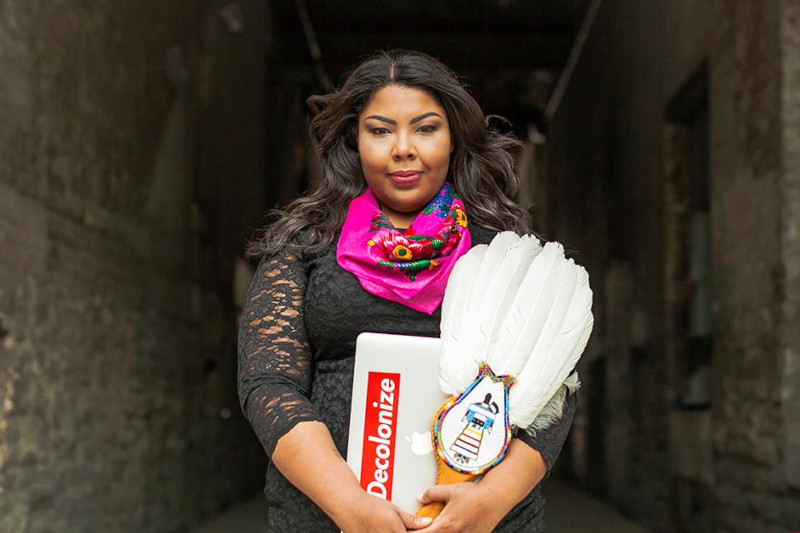
Museum research,
Indigenous heritage
#Resistance150: Celebrating Indigenous survival and resurgence

Museum research,
Canadian history
“Canada”: The complicated history of a name

Kudos!
A rare acquisition thanks to donor support
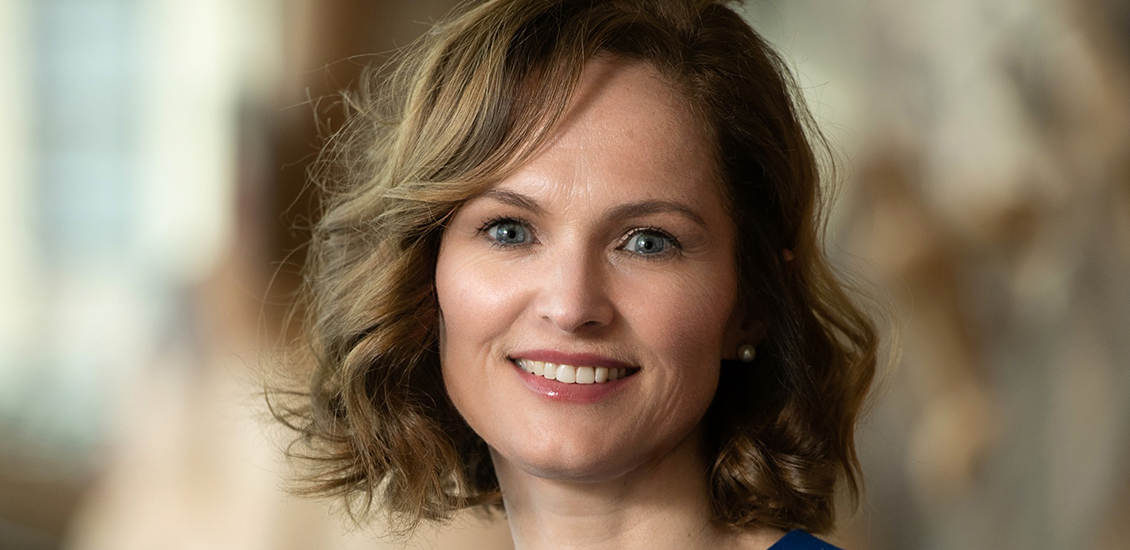
Kudos!
CEO Corner: Dare to inspire tomorrow’s history
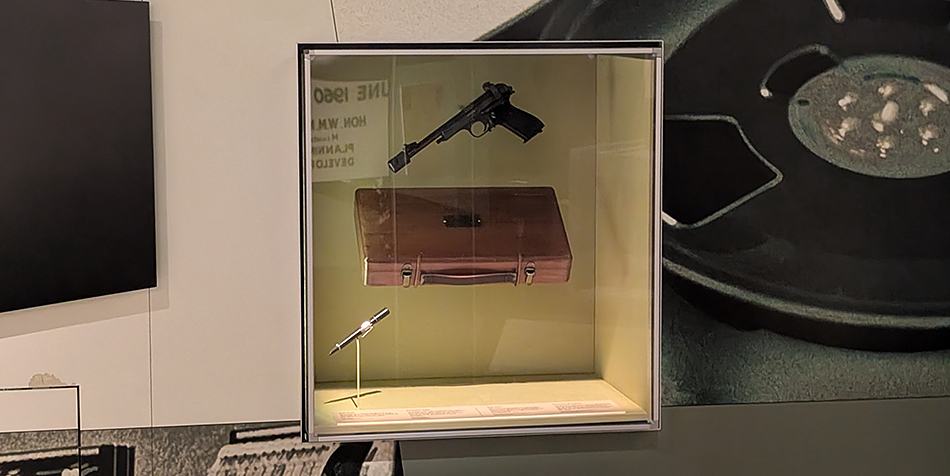
Kudos!
Sharing history through objects
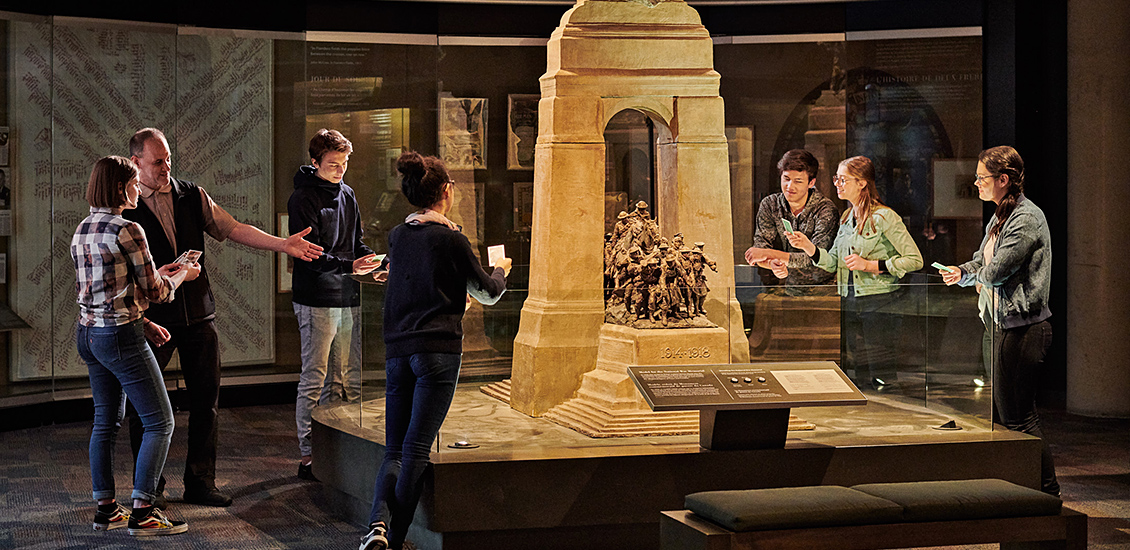
Kudos!
Leaving a Legacy

Kudos!
In Conversation With Mike Miller
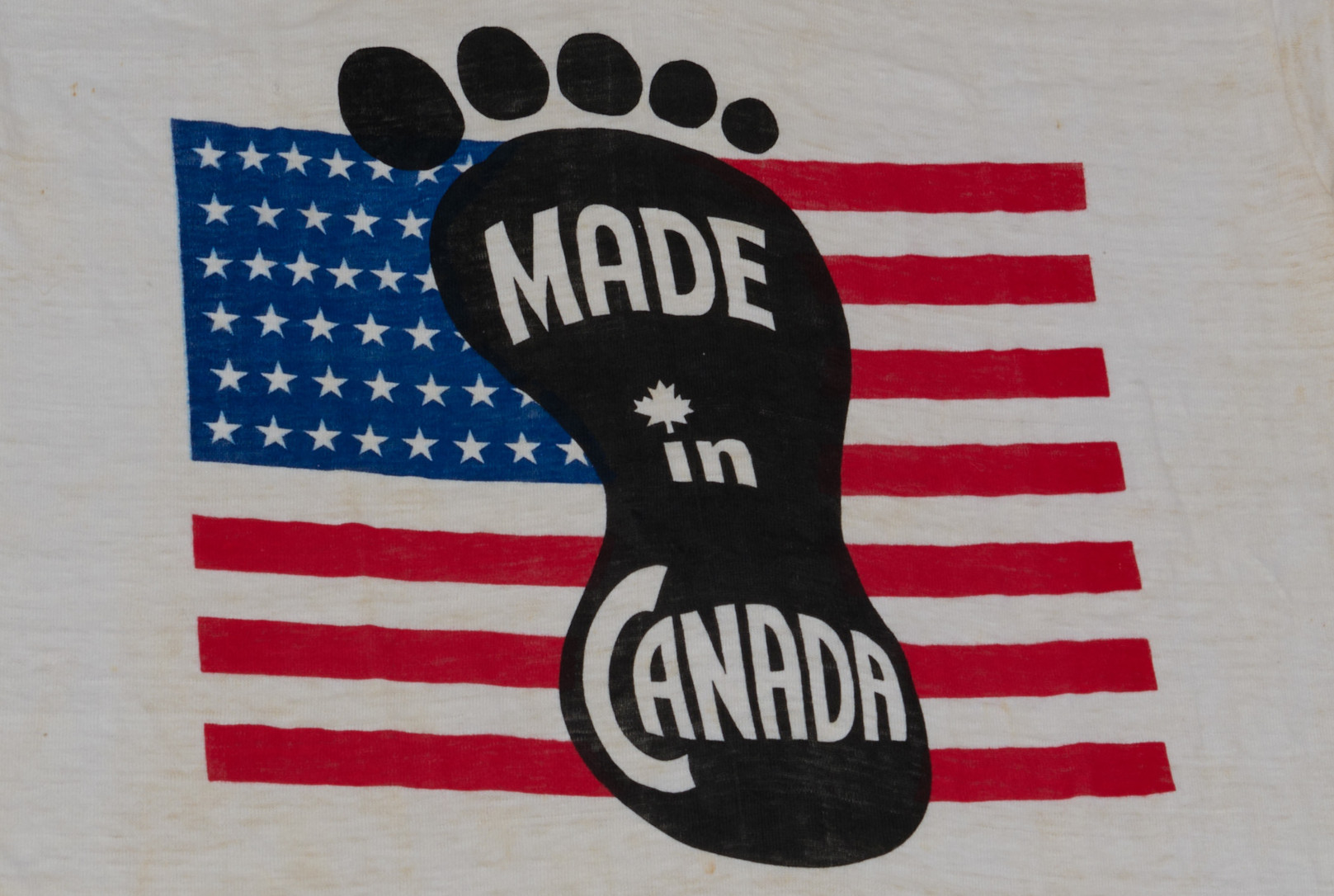
Museum research,
Contemporary Canada
The Pattern of Canada-U.S. Relations

Museum research,
Canadian history
Between neighbours: What the International Peace Garden reminds us about Canada

Museum research,
Pop culture
What is Canadian? Popular music and national identity
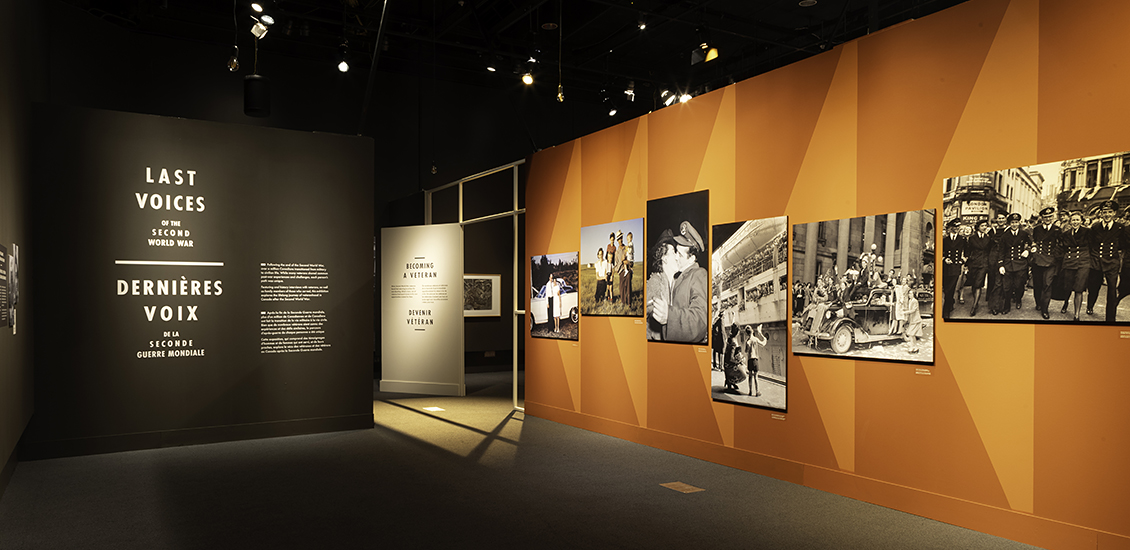
Kudos!
Sharing the Voices of Those Who Served and Survived

Kudos!,
Behind the scenes
